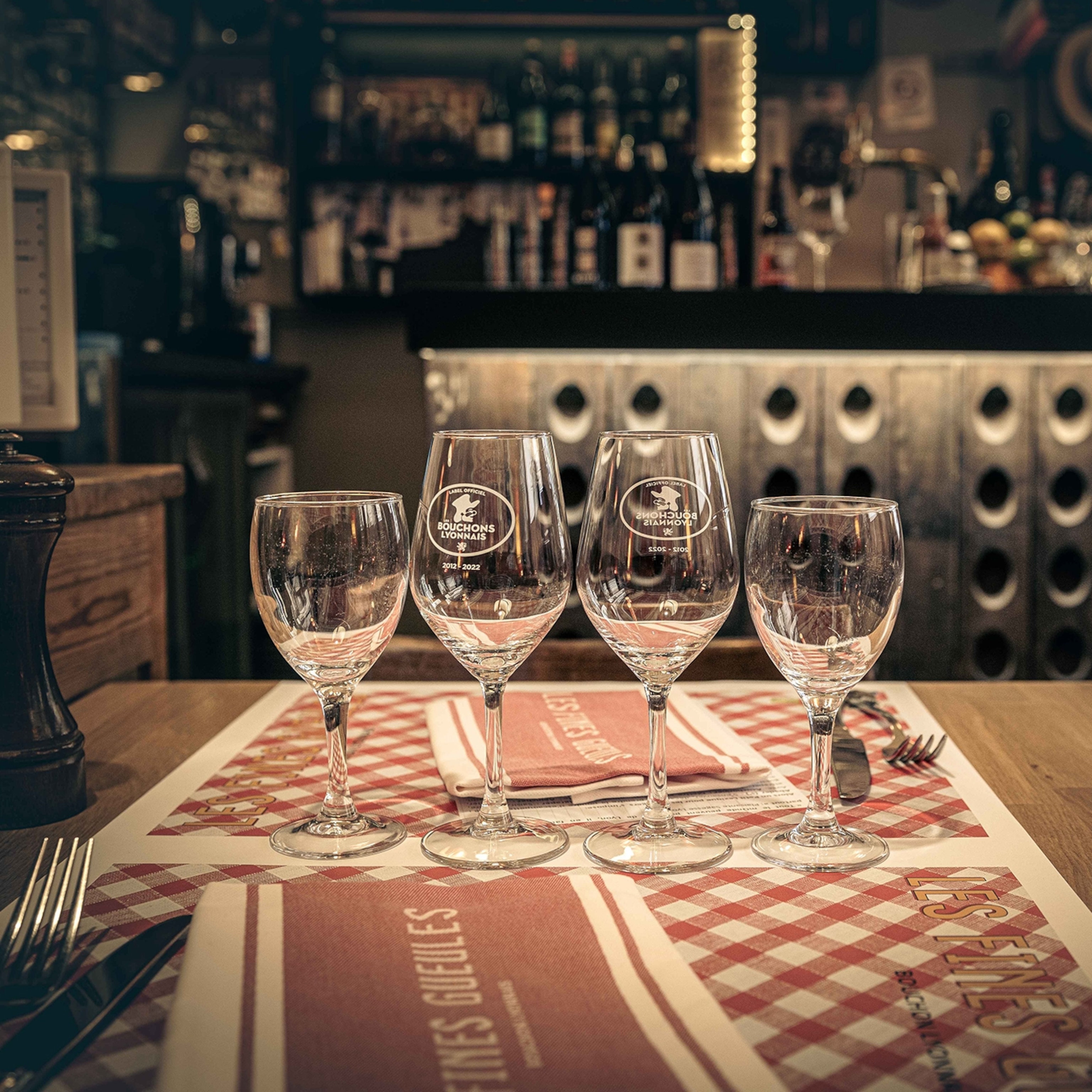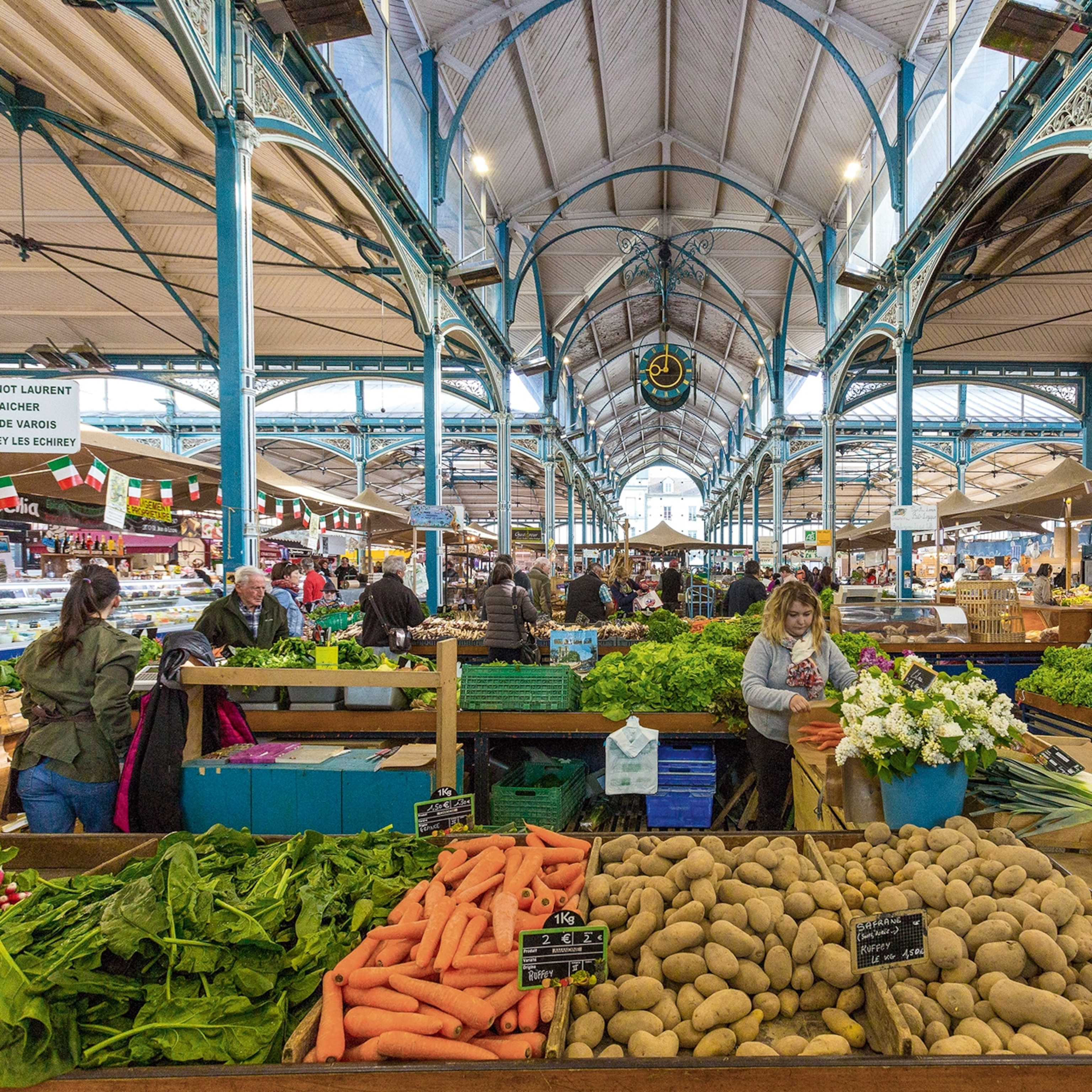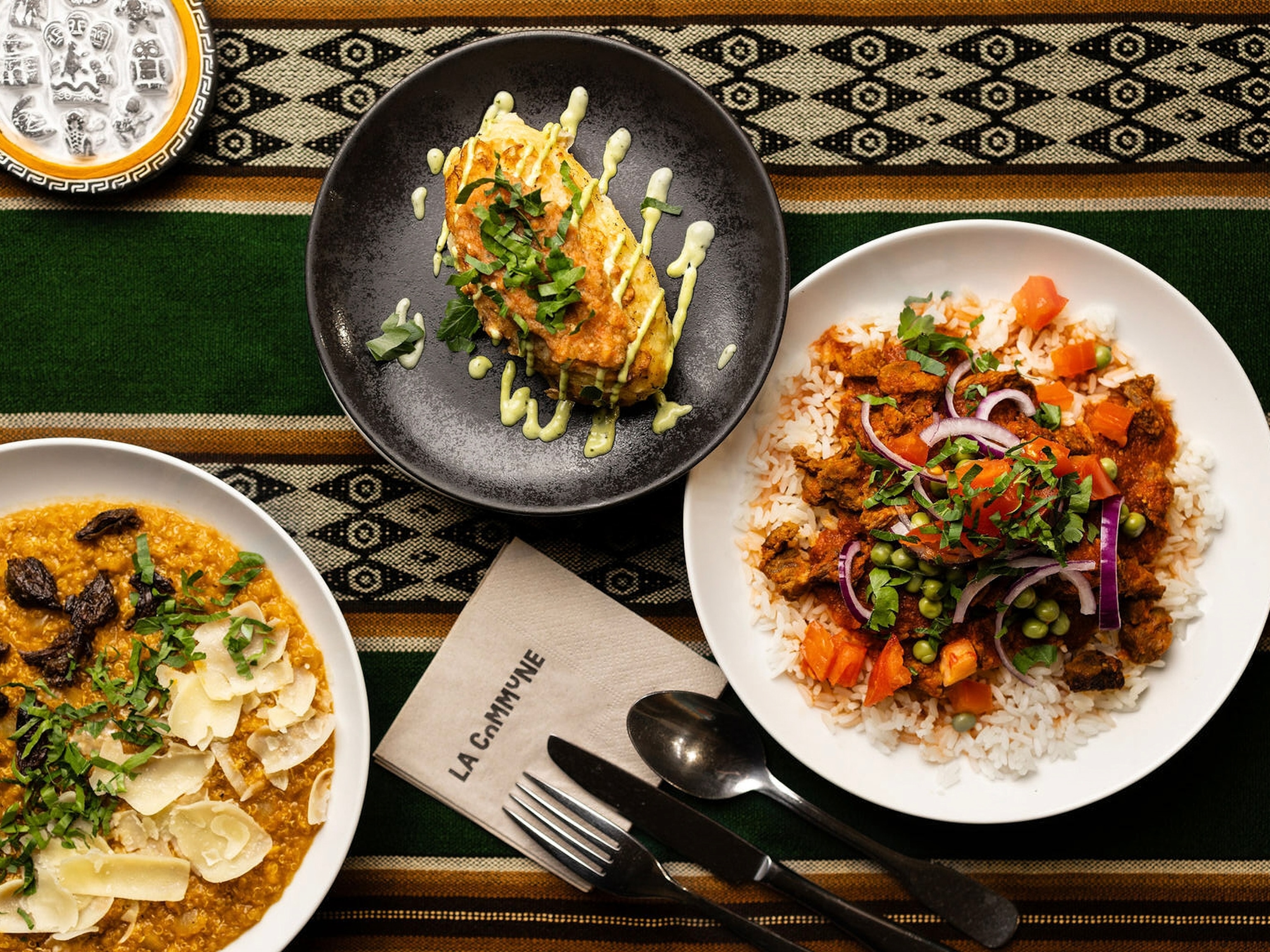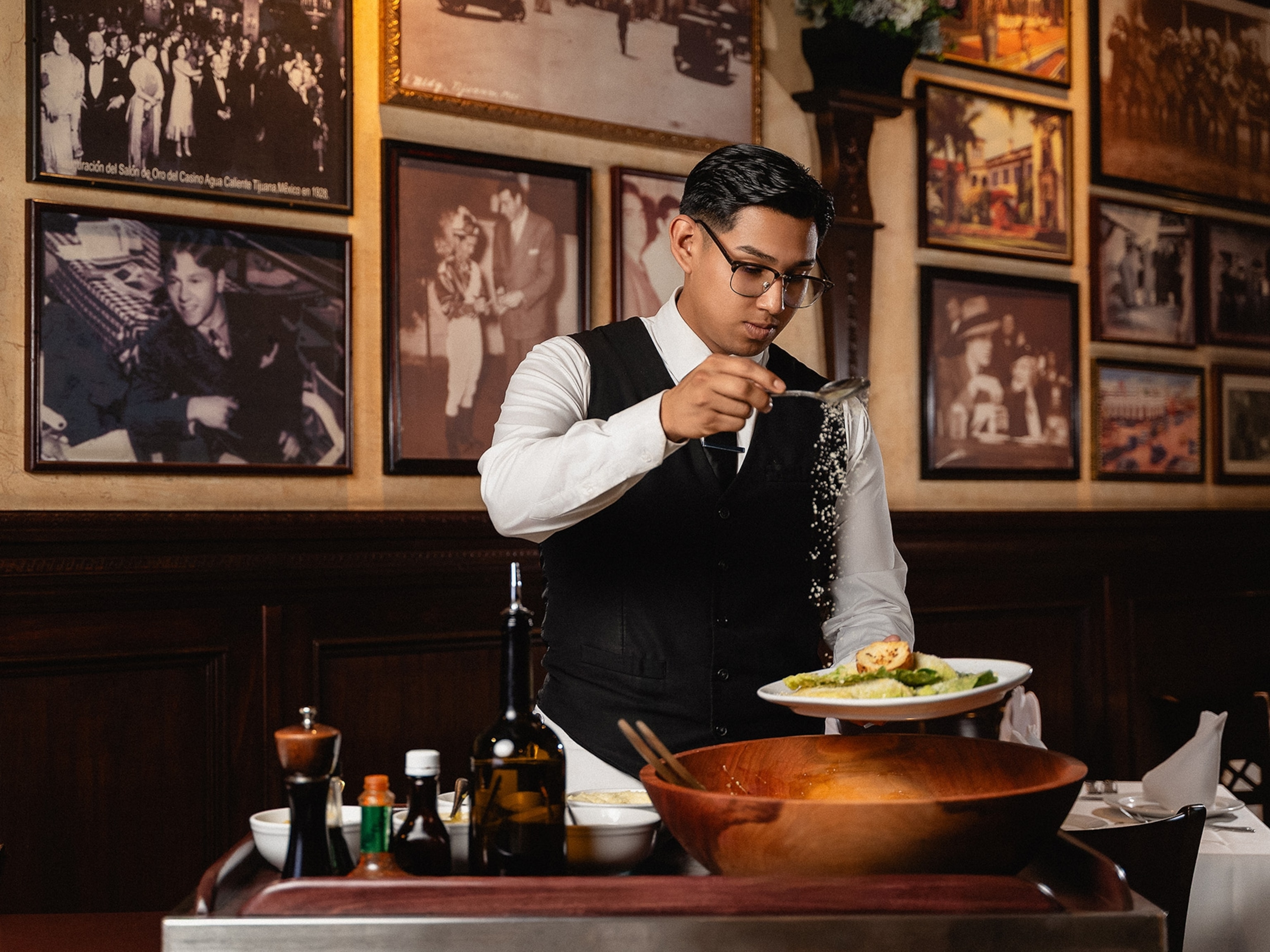
Vive Lyon: how the grand dame of French cuisine is looking to the future
Discover how Lyon honors its culinary past while innovating its way into the future of French cuisine.
Naming the world capital of gastronomy is a challenging task. Do you go by Michelin stars?
If so, Tokyo takes the title. Do you focus on the sheer diversity of international cuisines available? If so New York City or London both have a strong case. Or, do you instead look to the heartland of arguably the world’s most celebrated cuisine, in the very country that’s best known for its food?
If we’re talking culinary heritage, then Lyon has few rivals. This elegant city, not far from the Alps, sits on the confluence of the Rhône and Saône rivers, at the heart of one of France’s most bounteous regions. In 1935, the food critic and writer Curnonsky, the so-called ‘Prince of Gastronomes’, declared it the world’s capital of gastronomy. Fast-forward to the 21st century, and today’s Lyon is reputed to have 4,000 restaurants, of which 19 are Michelin-starred; there are countless patisseries, boulangeries, charcuteries, fromageries and a food hall — Les Halles de Lyon Paul Bocuse — in which you could gorge yourself for days.
But now there’s something else besides — the Cité Internationale de la Gastronomie (CIG), a digital wonderland of a visitor centre that celebrates the foodie credentials of this corner of France, while also exploring broader culinary themes.
Opened in October 2019, the CIG occupies around a quarter of the historic Hôtel-Dieu, a palatial edifice on the banks of the Rhône that served as Lyon’s main hospital from the Middle Ages until 2010; even today, one in three Lyonnais were born there. As such, it’s one of the city’s most iconic buildings, where peaceful courtyards and cloisters bear plaques with the names of four centuries’ worth of financial donors. Inside, however, following a €20 million (£16.6 million) renovation, it’s now also home to new bars, restaurants and a smart InterContinental hotel.
The Lyon CIG is the first of four planned across France, the others due to open in Dijon, Paris and Tours over the next five years. I’m shown around by its director Florent Bonnetain, who gestures up at the building’s domed ceiling, from which a circular chandelier of giant spoons is suspended. “These show the link between medicine and food,” he explains.

Hitting all the right notes
The focal point of the Bocuse section is the grand red stove on which he cooked for 25 years — his ‘piano de cuisson’ (cooking piano) as it’s called in French, a big red range with numerous plates. I can’t help but marvel at how many people it will have fed. And, while the great man died in January 2018, aged 91, his ethos lives on in his restaurants. So the following day, I visit the original, L’Auberge du Pont de Collonges, for lunch — and over the course of three and a half hours, the kitchen’s cooking pianos produce quite a tune.
In the red-and-green painted villa, adorned with murals of Bocuse, I take my seat among couples and groups of friends. While it seems remiss to be alone at this, the most prestigious of French tables, I soon begin to appreciate the freedom this gives me to absorb every exquisite detail, from the serene dining room adorned with artworks to the waltz of the waiters as they breeze between tables.
Amid the hushed conversations, the clink of glasses and chink of heavy cutlery, I savour the amuse-bouches, fluffy bread and impeccably chosen wines. Then comes the signature dish, placed in front of me with a knowing smile from my waiter, and I find myself grinning like a goon in anticipation. For this is a dish so important to the story of Bocuse that it’s been served to guests since before I was born.
Truffle Soup VGE was created by Bocuse in 1975 for the occasion of being awarded the Chevalier de la Legion d’Honneur, the French equivalent of a knighthood, and bears the name of the prime minister who awarded it: Valéry Giscard d’Estaing (VGE). Beneath its puff pastry lid I find some of France’s most esteemed ingredients: slivers of black truffle, cubes of melt-in-the-mouth foie gras, tiny squares of succulent beef and mirepoix vegetables, which I lift from the steaming broth made with Noilly Prat vermouth and an intense peppery beef stock. It’s too hot to eat, but I burn my lips in my urgency to savour every drop of its richness.
More Bocuse classics follow and I’m full long before the cheese trolly arrives, but I can’t resist it. Nor can I decline the dessert trolley, laden with such classics as rum baba and lemon mousse. I opt for the île flottante, a cloud of egg-white meringue, around which the waiter pours creme anglaise from a silver ladle. He then smiles as he places a side order of creme brulee on the table. My eyes widen, my body says no, but my taste buds won’t be denied. To finish, a small espresso, not nearly enough of a ‘digestif’ for this feast. Indeed, I can’t eat another thing for 24 hours.
If you’ve overindulged in Lyon, then Vieux Lyon, the city’s old quarter, is the perfect place to walk it off. Here, the narrow, cobbled streets hide a network of secret passageways, towers and staircases known as traboules, which have provided shortcuts for the city’s residents as far back as the Middle Ages. Those in the Croix-Rousse district are more recent, built in the 18th and 19th centuries so that the city’s many silk workers could protect their precious fabrics from the weather and dirty streets as they moved between looms and merchants.
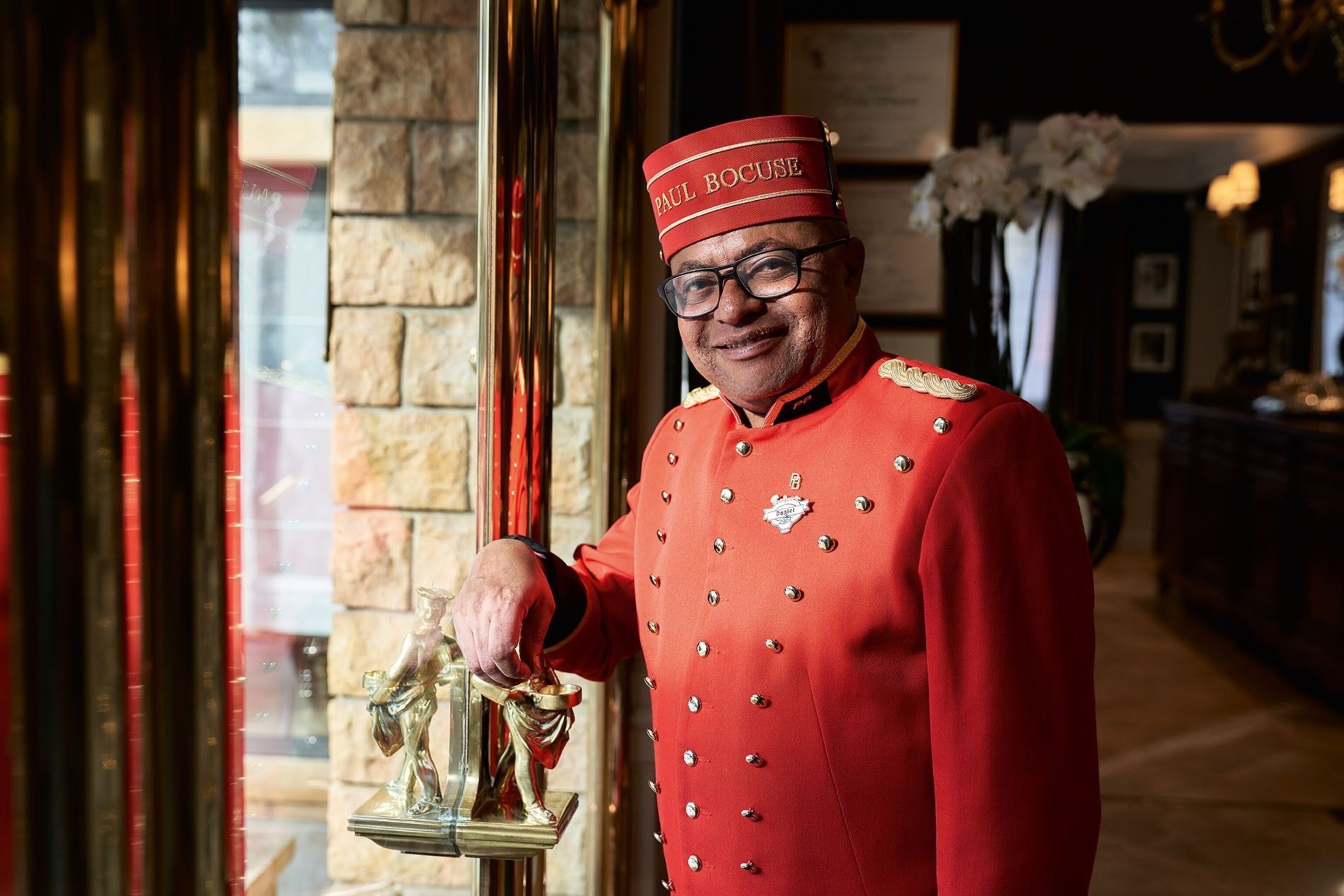
The city’s famous bouchon restaurants, in many cases established by the Mères Lyonnaises, were a byproduct of the silk industry, providing quick meals for workers and traders. The best of these can be found in the Part-Dieu, Presqu’île and Croix-Rousse districts, and traditionalists will be pleased to hear they still serve the offal-heavy menus for which they’re known.
Yet, for all its history, Lyon isn’t immune to change. A new concept has been introduced to the old town, which promises to combine the city’s heritage with a more modern dining experience. The Food Traboule is the brainchild of two of Lyon’s most dynamic chefs, Tabata Mey and her husband Ludovic, who run a small, excellent restaurant named Les Apothicaires in Part-Dieu. The couple met working at one of Bocuse’s other restaurants, Marguerite, and, having travelled the world observing how different cultures eat food ‘on the go’, they returned to find the French were also embracing a more casual style of dining.
This gave them an idea. Further inspiration came from the relationship they enjoyed with other restaurateurs in Lyon. “There’s no competition between us,” says Tabata. “We’re great friends. We share recipes, have a drink and help each other out if there’s a problem.
“We also run the annual Street Food Festival together each September, during which 25,000 people come and enjoy food from dozens of different stands. And it made us think, ‘Why can’t we do something more permanent together?’”
And so began The Food Traboule, which utilises the different spaces available in one of Vieux Lyon’s most-loved buildings, the Tour Rose, for a collection of mini-restaurants. “The Tour Rose has a special place in the Lyonnais’ hearts — the buildings in Vieux Lyon are UNESCO-listed and Molière performed his first plays in the courtyard there, so it’s really linked to the history of the city,” says Tabata.
Each of the 12 restaurants — plus the cocktail bar — are an offshoot of an already successful Lyon restaurant, serving a simplified menu. “The aim is to make it accessible. We have a restaurant that’s not hugely expensive, but we know that not everyone can afford it,” says Tabata. “At the Traboule, our menu will cost around €18 (£15). You can make a good [two- or three-course] meal with good produce for this price, it just takes creativity.”
Elsewhere in the city, another communal project is already proving a success. La Commune opened in March 2018 and is based on the ‘food court’ style of dining, like Eataly, which has outposts worldwide, or London’s Mercato Metropolitano. Where it differs is that La Commune aims to give Lyon’s burgeoning restaurateurs a start in the trade. It’s set in a former carpentry workshop not far from the university, and chefs each have their own stand —and with it a chance to test their restaurant’s concept before going it alone in the wider city. There are 16 different stands in total, plus a bar and an area for gigs and exhibitions.
When I visit on a Friday night, the place is buzzing; young people are crammed around the refectory tables eating everything from organic pasta to Ukrainian ravioli and Brazilian feijoada stew. Over a drink, I chat to Louise Rogelet, a 26-year-old pastry chef whose stand, Zoi, is the first step towards her dream of running a vegan patisserie.
“It’s a really intense programme,” she says. “You get about a year to test out your concept, and La Commune gives you the management, legal and business support you need.” With French patisseries so reliant on cream and butter, her vegan version is a challenging concept, but La Commune has given Louise and her team of three a chance to experiment and improve her gateaux. “To start with I had four different patisseries a day, but now we have 12 or 13. Our customers know that we’re learning, so we ask them for feedback.”
The whole project is still in its infancy, and it’s too soon to say which of La Commune’s budding restaurateurs will make their establishments a success. But what’s clear from the busy tables is that the ‘gastronomic meal of the French’ is in no danger of losing its UNESCO status any time soon. And that Lyon, one of the world’s true gastronomic centres, has much more to offer than its heritage.
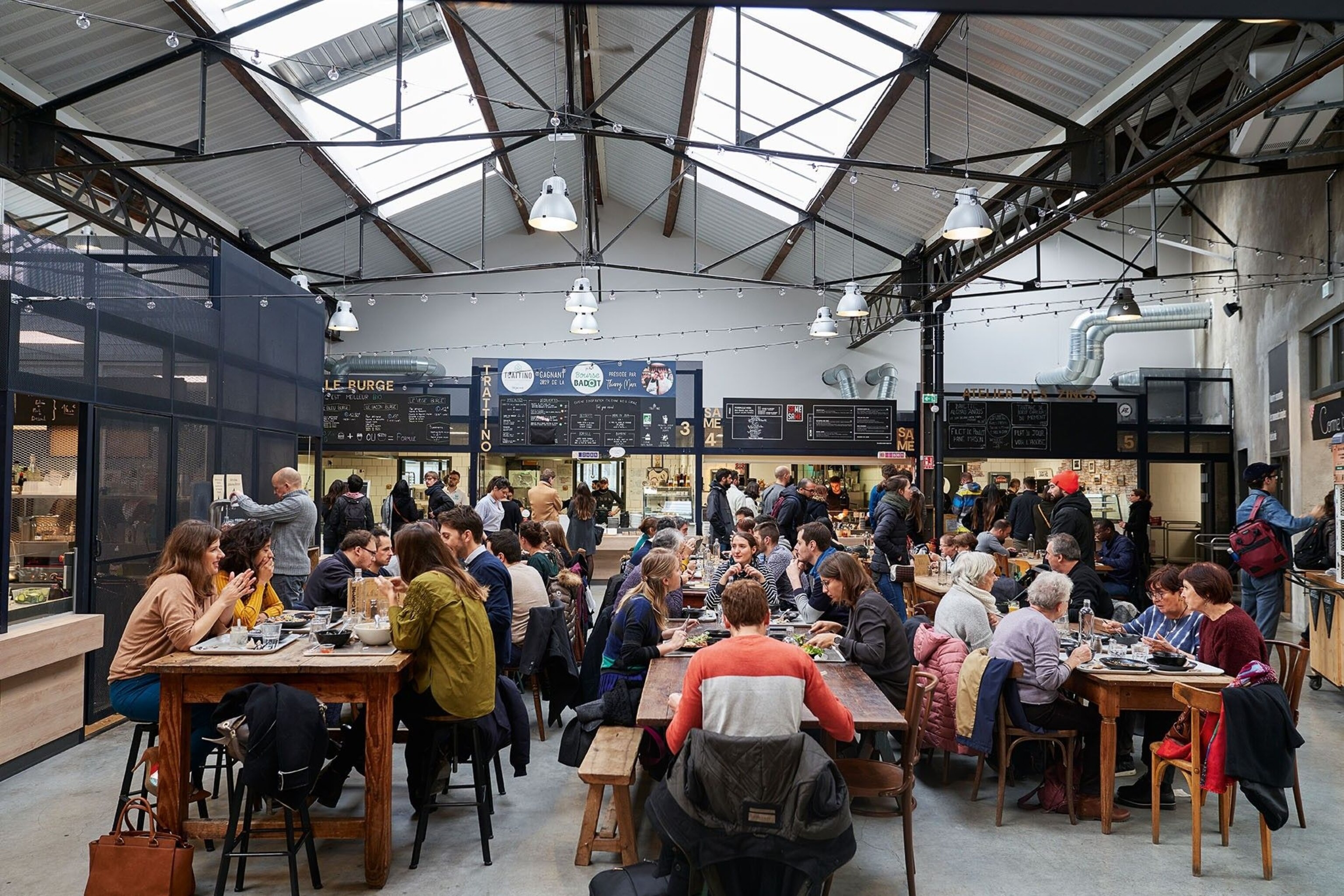
Top 5 Lyonnaise specialities to try
1. Coussin de Lyon
This green ‘cushion’ is Lyon’s calling card. Its patented recipe takes four days to make, but the green, sugared marzipan layer with a chocolate ganache centre is worth it. Try chocolatier Voisin, whose main shop is next to the Musée des Beaux-Arts. chocolat-voisin.com
2. Salade Lyonnaise
A salad that’s unusual in that it works all year round. A base of curly endive, mesclun or dandelion leaf is topped with chunky, salty lardons, crispy croutons and a poached egg. Try it at one of the city’s many traditional bouchon restaurants.
4. Quenelles de Brochet
This dish combines pike and crayfish bred in the lakes of La Dombes. Quenelles are a kind of dumpling, made with carp paste then either poached or steamed and served with Nantua sauce, made from crayfish, white wine, brandy and creme fraiche.
4. Cervelle de canut
Translated as ‘silk worker’s brain’, this is a nod to the city’s history of silk-making and trading; but unlike many bouchon favourites, it’s vegetarian. Spoon fromage blanc mixed with finely chopped herbs (chives, parsley, tarragon) and shallots on to bread croutons as an aperitif.
5. Tête de veau
It pays to learn some French anatomical terms before eating in a bouchon restaurant, for their speciality is offal. Calf’s head is a staple – thankfully deboned and rolled. There’ll be a layer of fat, some tongue and brain, served with a sauce gribiche. Bon appétit!
Essentials
Getting there
Eurostar offers a direct train from London St Pancras to Lyon. Alternatively, Flybe, EasyJet and British Airways serve Lyon from various airports across the UK. eurostar.com flybe.com easyjet.com ba.com
Where to stay
InterContinental is based in the Hôtel-Dieu. Its 144 rooms look out over the Rhône or towards the Basilique Notre-Dame de Fourvière, while its cathedral-like bar is set in the building’s central dome. Room-only doubles from around £213. ihg.com
How to do it
Kirker offers a three-night break with flights, transfers and accommodation at the four-star Grand Hôtel des Terreaux, from £638. kirker holidays.co.uk. Entry to the Cité Internationale de la Gastronomie costs around £10, or £20 for a tasting card, which includes three tasting plates in the top-floor dining rooms.
Published in the April 2020 issue of National Geographic Traveller Food
Find us on social media
Facebook | Instagram | Twitter
